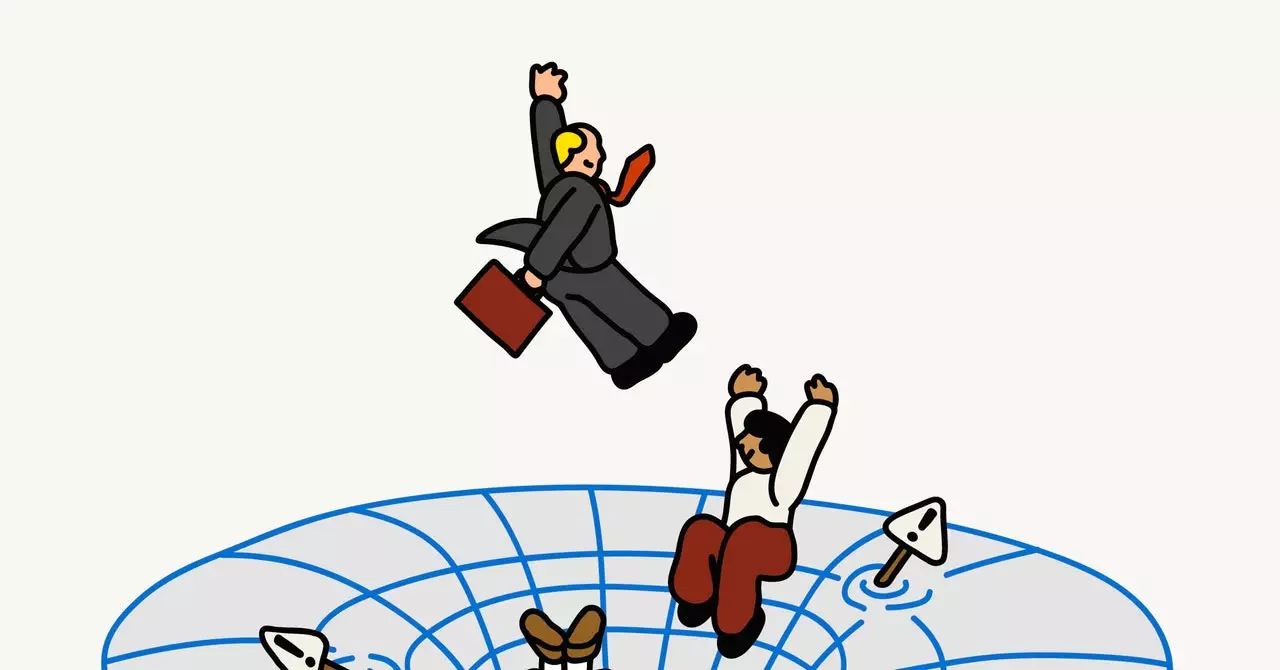As we navigate the complexities of an increasingly digital world, the advent of artificial intelligence (AI) is reshaping creative landscapes. In the not-so-distant future, the tools and technologies we now associate with machine-generated content are expected to reach unprecedented levels of sophistication. Despite this potential, the current reality is somewhat more sobering: many AI-generated outputs lack the quality and nuance of human creativity. The swift production of mediocre content—by design or by default—has profound implications across various sectors, most notably in education and digital marketing.
Within the realm of higher education, educators face mounting challenges as they attempt to discern between genuine student learning and AI-generated outputs that mimic the superficial hallmarks of understanding. This developing crisis in academic integrity reveals a troubling truth: as AI becomes more capable, its passive impersonation of authentic student work complicates the evaluation of true educational achievement.
While education grapples with these dilemmas, the digital marketing industry has been fundamentally altered by the rise of AI, particularly in search engine optimization (SEO). This intricate field focuses on enhancing online visibility for businesses and products via strategic keyword manipulation. However, the ease with which generative AIs can churn out vast amounts of content has resulted in an alarming increase in low-quality, spam-like material cluttering search engine results. As companies chase better rankings by employing these tools, the internet risks becoming a repository for content designed to appease algorithms rather than engage genuine human curiosity.
Prominent scholars like Judith Donath and Bruce Schneier have noted this unsettling trend towards “large language model optimization” (LLMO)—the manipulation of AI algorithms to drive traffic toward specific sites, often at the expense of authentic, insightful content. This evolution of SEO fosters an environment where machine-generated content floods the digital landscape, leaving human-authored material as an elusive gem.
In this climate of algorithmic overload, finding authentic human voices has become increasingly precious. Users, fatigued by the overwhelming presence of AI-generated content, are beginning to seek refuge in lesser-known corners of the web. Platforms such as MetaFilter and Are.na exemplify this return to curated, user-driven content. In these spaces, community moderation enhances the veracity and relevance of shared materials, ensuring that the conversations involved reflect genuine human experiences.
Moreover, the emergence of new social media platforms catering to private, intimate networks represents a shift in user behavior. While the allure of influencer culture dominates mainstream platforms like TikTok and YouTube, many content creators avoid the spotlight, focusing instead on personal connections. By producing short, meaningful videos tailored for friends and family, these creators embrace a more authentic form of digital interaction—one that defiantly eschews the viral pressure often associated with social media success.
As we look forward to 2025, it is clear that authenticity will emerge as a beacon amid the cacophony of AI-generated content. While algorithms become more sophisticated and the digital landscape grows more crowded, the desire for authentic human connection remains steadfast. The tools that facilitate these connections—be it through community-driven platforms or intimate social media networks—are likely to hold greater significance than those that merely mimic human speech.
In a world where artificial intelligence continues to evolve, humans will still seek the warmth of genuine interaction. The challenge remains: how do we navigate this shifting terrain without losing sight of the uniquely human qualities that foster true connection? As we cultivate spaces that reject the impersonality of machine-generated content, the future promises a renaissance of authentic voices, amplifying the need for individuality in a landscape increasingly dominated by indistinguishable noise.

